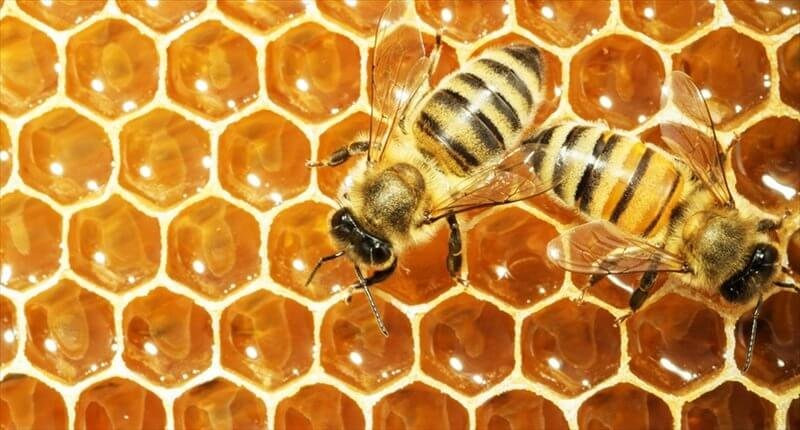One religious group forecast an apocalypse a few weeks ago. They used the Bible as their source. More recently, a newer religion warned of their apocalypse. And they used Science magazine.
…
In Science, a group of anti-neonic deacons discuss how they solicited honey samples from amateur volunteers. After an analysis of the samples, they searched for the presence of imidacloprid, clothianindin, thiamethoxam, acetamiprid and thiacloprid, they found that 75 percent tested positive for one of them; 45 percent tested positive for two, while 10 percent contained four or five.
Okay, that’s bad, right? No, more like expected given modern testing ability. And the concern is not presence, it is concentration. There, it showed no worry at all. A recent review found that in order to cause physiological or behavioral impairments, there needed to be 50 times the average total concentration the Science paper reported. In this new paper, detectable levels were actually lower than in studies years ago, which means these levels wouldn’t even have been noticed then.
The GLP aggregated and excerpted this blog/article to reflect the diversity of news, opinion, and analysis. Read full, original post: Not To Be Outdone, Pesticide Religion Now Has Its Own Doomsday Prediction































